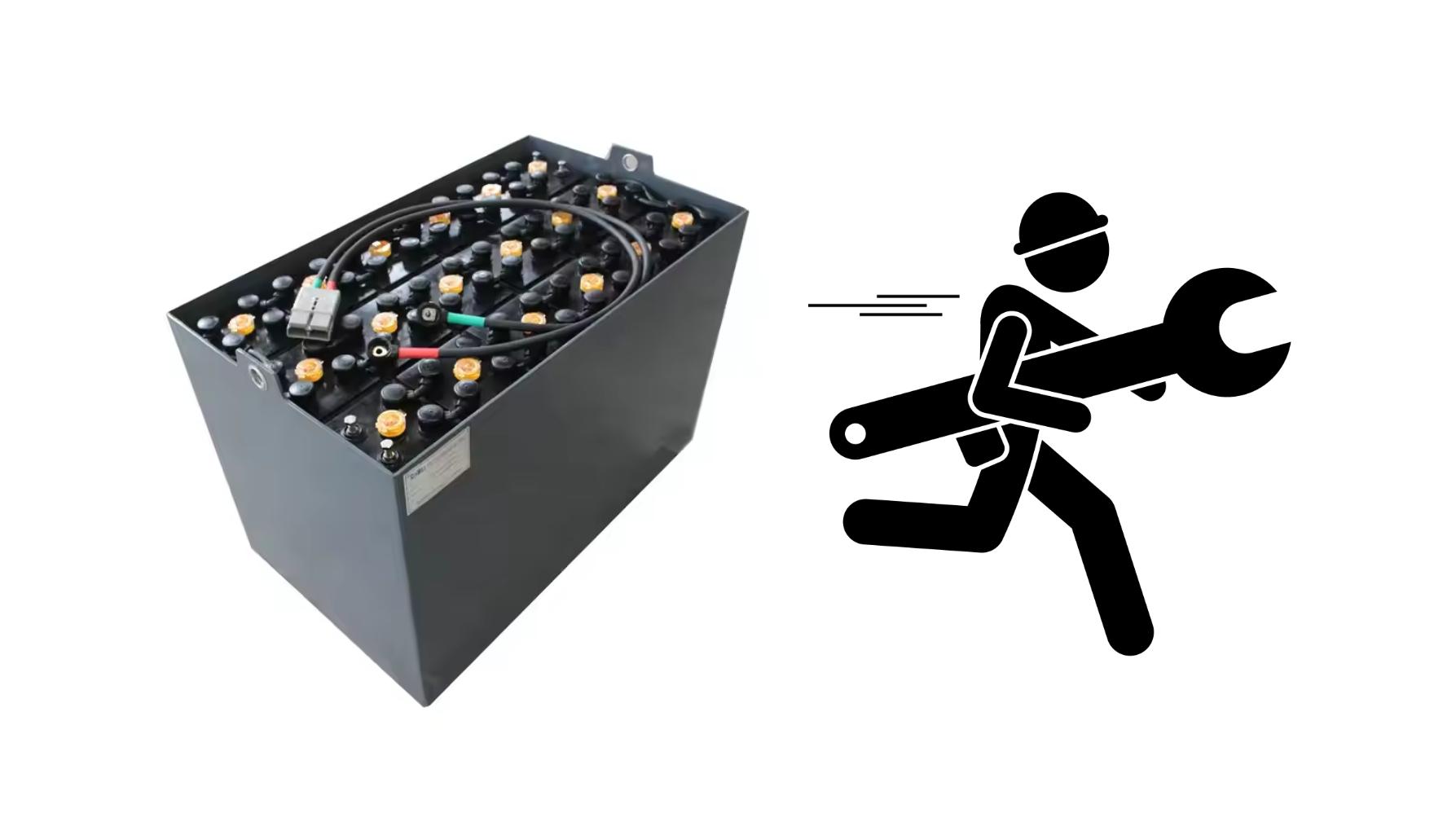How to Extend Forklift Battery Life and Reduce Repair Costs?
As electric bicycles (eBikes) revolutionize American transportation, understanding battery maintenance becomes critical for maximizing performance and longevity. While battery technology shares principles across industries, eBike owners need tailored solutions for their lithium-ion power sources. This guide adapts industrial-grade battery wisdom for personal electric mobility, helping riders optimize their investments while promoting sustainable transportation.
How Battery Chemistry Affects eBike Performance
Modern eBikes primarily use lithium-ion batteries that face different challenges than traditional lead-acid cells. Instead of sulfation, lithium batteries degrade through:
- Electrode cracking from 500+ charge cycles
- Solid electrolyte interface (SEI) layer growth
- Thermal runaway risks above 140°F
A 2023 University of Michigan study found proper care maintains 80% capacity after 1,000 charges. Key strategies include avoiding full discharges and storing batteries at 50-80% charge in cool environments.
Essential eBike Battery Maintenance Checklist
| Task | Frequency | Tools |
|---|---|---|
| Charge Level Check | After each ride | BMS App |
| Terminal Cleaning | Monthly | Isopropyl Alcohol |
| Full System Diagnostic | Annually | Professional Service |
New smart maintenance tools are game-changers. The Bosch eBike Connect app monitors individual cell voltages, flagging imbalances before they impact range. Riders report 30% longer battery life when following its adaptive charging suggestions.
When to Repair vs Replace Your eBike Battery
Consider repair if:
- Capacity remains above 70% of original
- Fewer than 2 cells show voltage drops
- Battery is under 3 years old
Replacement becomes economical when repair costs exceed $300 for mid-drive systems. Many shops now offer cell replacement services at 40-60% of new battery costs, though DIY repairs remain dangerous due to lithium’s volatility.
Thermal Management Innovations
Leading eBike manufacturers now integrate military-grade thermal sensors:
| Brand | Technology | Temperature Range |
|---|---|---|
| Specialized | Phase-change cooling pads | -4°F to 122°F |
| Trek | Active liquid cooling | 14°F to 104°F |
These systems prevent the 15% capacity loss per 15°F above 77°F documented in Consumer Reports testing. For older models, aftermarket battery covers with heat-dissipating aluminum layers maintain safe operating temps during summer commutes.
Safety Protocols Every Rider Should Know
- Use only manufacturer-approved chargers (third-party units cause 68% of fires)
- Store batteries away from direct sunlight – garage temps above 90°F accelerate aging
- Inspect for swelling monthly – 1mm bulge indicates potential failure
- Transport batteries at 30-50% charge to minimize puncture risks
Modern eBike batteries are marvels of engineering, but they’re not indestructible. Our teardowns show proper care makes the difference between a 2-year disposable and a 10-year investment.” – Sarah Kimmons, Lead Engineer at Rad Power Bikes
Environmental and Economic Benefits
The average eBike battery contains 80% recyclable materials. New closed-loop recycling programs recover:
- 95% of cobalt
- 85% of nickel
- 70% of lithium
Financially, proper maintenance saves $800+ over five years compared to replacement cycles. Combine this with the $1,500 annual fuel savings versus car commuting, and eBikes emerge as both ecological and economical champions.
FAQs for Smart eBike Owners
- How often should I fully discharge my battery?
- Never. Lithium-ion batteries prefer partial discharges. Keep charge between 20-80% for daily use, with full cycles only monthly to calibrate the BMS.
- Can I upgrade my battery capacity?
- Yes, but consult your manufacturer first. A 48V 17.5Ah battery can often replace 14Ah units, increasing range 22%. Ensure the motor controller supports higher capacities.
- What’s the true cost of cheap aftermarket batteries?
- UL-certified batteries cost 30% more but have 5x lower failure rates. Insurance claims show 83% of eBike fires involve uncertified lithium packs.
Conclusion
Mastering eBike battery care combines industrial maintenance principles with personal mobility needs. From smart charging habits to understanding thermal dynamics, informed riders unlock their electric steed’s full potential. As battery technology evolves, so do best practices – subscribe to manufacturer updates and join local rider communities to stay current. Your eBike isn’t just a vehicle; it’s a partnership between human and battery, demanding mutual respect and care.

